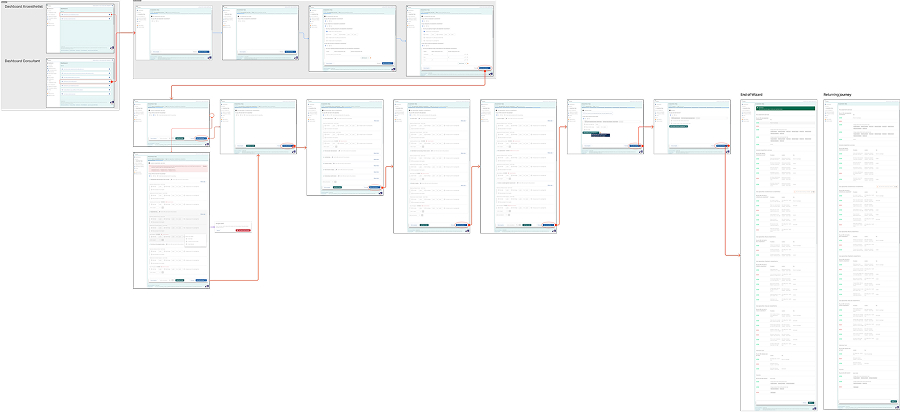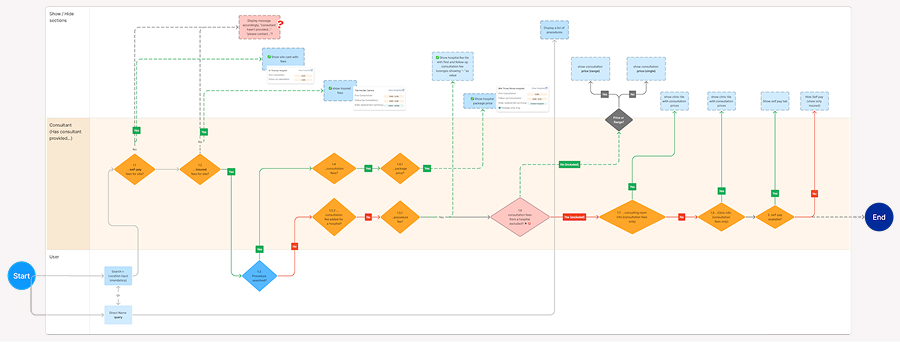A refit of the provider-facing portal for a healthcare transparency platform, balancing regulatory compliance with user-centred design.
46%
78%
65%
(All outcomes based on 2024–25 internal reports from engagement teams.)

Impact
The redesigned portal delivered measurable improvements:
- 65% reduction in task completion time for practitioners and administrators.
- 78% reduction in error rates, improving both verification speed and data accuracy.
- Greater compliance with CMA and NHS Digital requirements, with cleaner submissions and reduced manual correction needed by administrators.
Qualitative feedback was equally strong. Stakeholders and the user base praised the new system for:
- Reducing overwhelm by compartmentalising questions on each page.
- Providing a sense of progression through stepped sections and the ability to save progress.

These improvements increased confidence in the reliability of the platform’s datasets and reduced the operational burden on healthcare professionals or their Medical Secretaries.

Challenge
The organisation’s data entry portal collects information from practitioners, hospitals, and group administrators to support UK-wide transparency in private healthcare. It operates under Competition and Markets Authority (CMA) mandates and aligns with NHS Digital standards, asking for complex fee structures (fees' ranges, insured fees, first and following consultation, etc).
Previous portal design suffered from lengthy, static forms. Practitioners and medical secretaries reported to be daunted by lengthy forms and lack of visual landmarking. This led to incomplete submissions, higher error rates, and slower verification processes, when not alright abandonment of the process.
The system demanded significant cognitive effort from users whose primary roles were patient care or administration, not data entry. For anaesthetist group administrators managing multiple profiles, the portal became a time-consuming and frustrating task.
Solution
To address these issues, I introduced progressive disclosure with branching logic. Instead of forcing every user through the same sequence, the portal now adapts questions based on practitioner role, speciality, fee type, and insurance arrangements.
This approach reduced unnecessary inputs, guiding each user only through what was relevant to them. The form was restructured into a stepped wizard, allowing users to see clear progression and save work mid-way.
The design aligned with CMA compliance by ensuring mandatory fields were unskippable and by introducing clearer data standards inspired by the journalistic “5Ws” (when, who, what, how). This structure improved both consistency and auditability of the information collected.

Collaboration with medical advisors ensured the workflow reflected real-world practice rather than technical convenience. For example, medical secretaries could manage multiple consultant profiles with fewer repeated steps, while anaesthetists’ groups gained tailored pathways suited to their specific data needs (pictured above).
